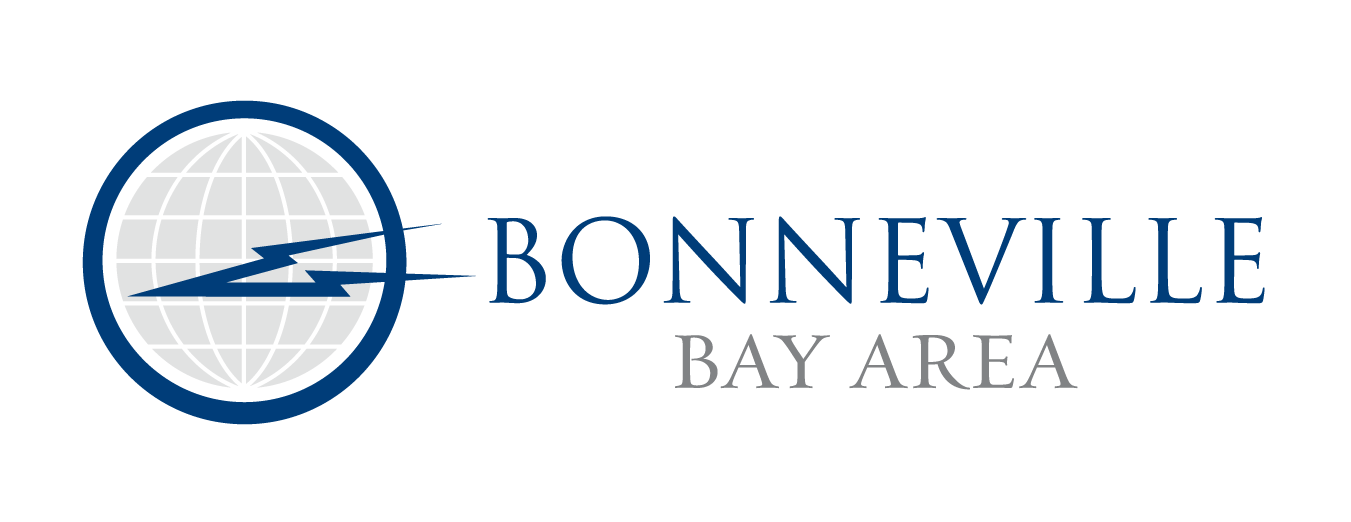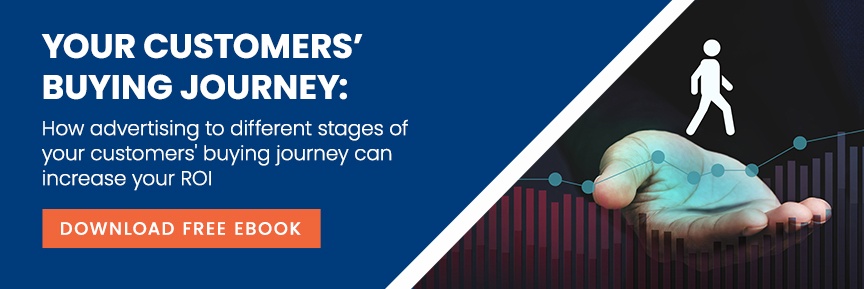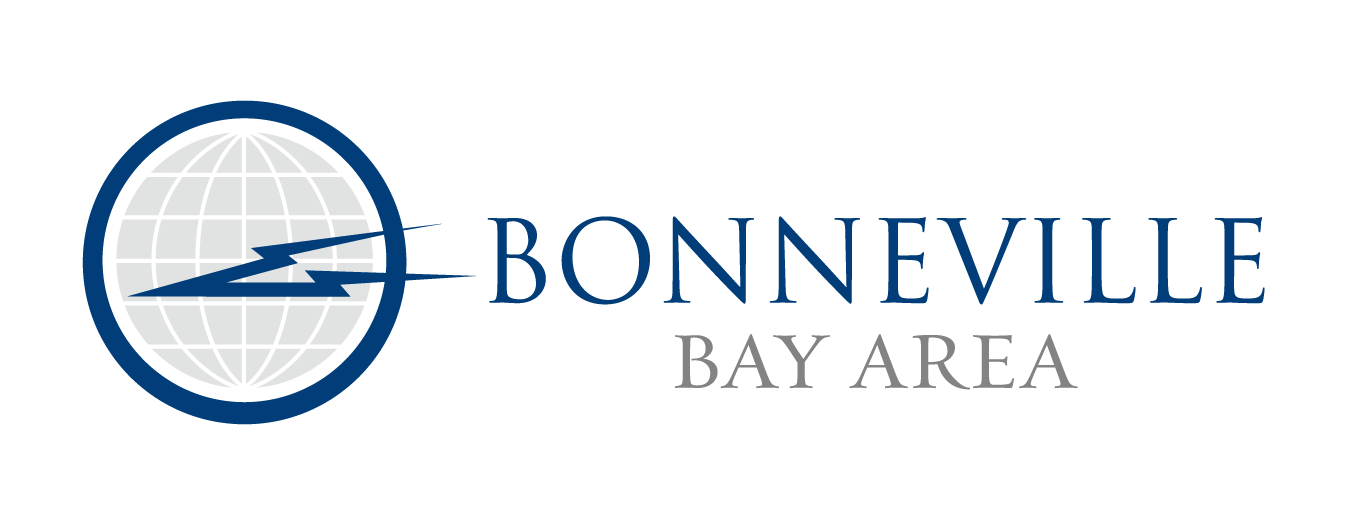 What is the Buyer’s Journey?
What is the Buyer’s Journey?
An understanding of the buyer's journey is critical to the way a business interacts with its audience. Without a clear understanding of the buyer's journey, a business can waste a great deal on ad spend without ever really connecting with their consumers. Having a clear understanding of the buyer’s journey and how it relates to the consumers you are trying to reach will help you tailor your marketing materials to activate your target consumer.
The buyer's journey is the process that buyers go through when deciding to make a specific purchase. Buyers begin by acknowledging that they have a problem, then gradually move through the process of considering products, and then decide on a product or service that fits their needs. As buyers move through the buyer's journey, they need drastically different types of information from the companies they're considering. A company that provides that information and connects effectively with its customers can help guide buyers through its sales funnel. In contrast, a company that ignores the buyer's journey may struggle to bring consumers into its sales funnel and may ultimately lose them to competitors.
The Stages of the Buyer's Journey
The buyer's journey contains three distinct stages, and a business's marketing materials and messaging need to speak to each of these stages to effectively market to consumers.
The Awareness Stage
During the awareness stage, the buyer becomes aware of a problem or a challenge they’re facing. The consumer starts researching the problem--putting a name to the issue while trying to make sense of the challenge in front of them. The buyer needs to decide whether they want to pursue that solution. Is it financially feasible? Is it enough of a priority that they need to take those steps, or is it something that can wait?
For example, Buyer A may be aware that it might be time to replace their mattress. They're uncomfortable and not getting enough sleep, but they aren't sure what options are out there, or if the mattress is the problem. The buyer will start researching better sleep solutions and learning more about mattresses in general.
Businesses often miss the mark in the awareness stage by leading with creative that is too sales-driven, rather than speaking directly to the pain points of their target consumer. In order to engage with consumers, provide them with the information needed to answer their questions so they understand that you are aware of their needs. Tailoring your messaging to speak directly to the core of the consumers’ needs in a conversational and empathetic tone is a great example of how you can accomplish this.
The Consideration Stage
As consumers move into the consideration stage, they have a better idea of exactly what their problem is and what solutions are available on the market. The buyer commits to examining those solutions in-depth and finding one that solves their problem, either personally or professionally. They begin to determine the budget involved in a particular solution or engage in deeper research about their potential solutions.
Buyer A has learned that it is the mattress that has caused a problem with their sleep. The buyer is conducting more research about mattresses that are available within their price range and considering how much of an investment they want to make in the product.
A common marketing mistake in the consideration stage occurs when marketers don’t elaborate in the messaging they are providing the consumer. The consumer is looking for detailed information and data to see why your brand is the best fit. Your marketing should speak to the goal that the consumer is trying to achieve while telling them why your product or service is unique to other options.
The Decision Stage
Buyers moving to the decision stage are ready to choose a specific product or service. They've done the research; now they are actively looking for information that will help them finalize their decision. The buyer will need critical information, such as pricing options or the specific advantages of one product over another, to help finalize their decision-making process.
The mattress buyer has now decided on the type of mattress they want: the general price range and the options of most interest. The buyer is narrowing down brands and making a final decision about the features available in the mattress.
Incorporating the Buyer's Journey Into Your Marketing Plan
As a business, it's critical to take the buyer's journey and its stages into consideration when developing a marketing plan. At each stage of that journey, buyers are looking for different information. Each stage comes with different questions and metrics. Ignoring a stage of the buyer's journey can quickly leave you struggling as consumers fall out of your sales funnel and turn to your competitors for their needs. Try:
- Developing a clear blueprint for what consumers need at each stage of the buyer's journey.
- Expanding your content library to include the information needed in each stage.
- Tailoring your email marketing materials to each stage of the buyer's journey by providing the information buyers need to move through each stage, depending on the actions they've taken on your website or the ways they've connected with your business.
You need to understand how to connect with your consumer. Your marketing materials should speak to your consumers’ buyer’s journey. Provide the consumer with the vital information they need to make buying decisions, no matter where they are in that process. The better you understand the buyer's journey, the better you understand your consumer--and the more steps you can take to provide precisely the information they need - when they need it most.




